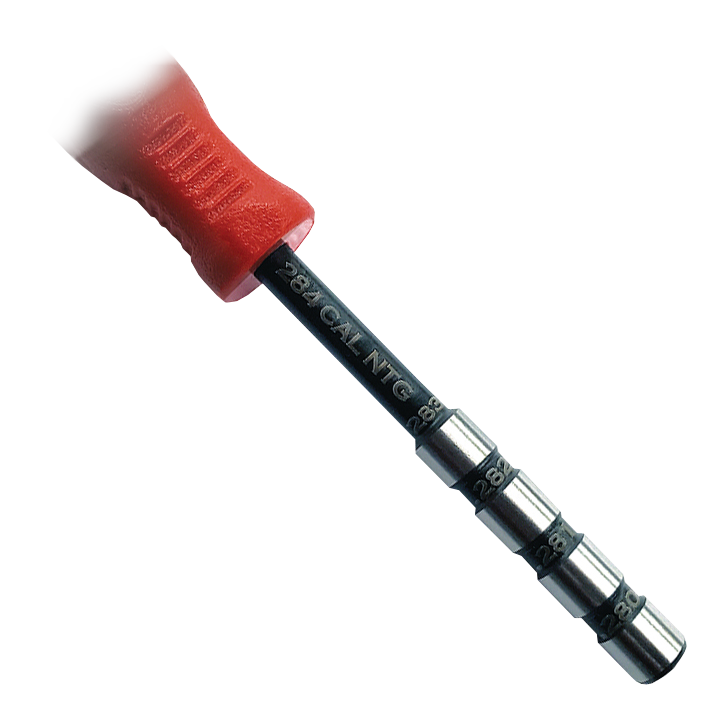TLDR: about 0.002" is a fair starting point for "neck tension", but there is always the devil in the details.
There are pros and cons to every neck prep method. Folks find many ways to prep their brass and some of them are the best shooters in the world, and some of them are terrible examples, while their method may be called the same.
To be of help, yes a mandrel can be a great method when done well.
The main issues I will bring up are in two big buckets and are true for all prep methods.
One bucket of issues deals with the idea of elastic strain versus plastic strain, or yield versus springback in different words.
The same tools (bushings, mandrels, dies, etc.) used on brass in different hardness conditions can land you at a very different final diameter.
So it is important to consider the work-hardness state of the brass when discussing a particular bushing or mandrel diameter, not just the thickness. Starting from a HV of 90 is different than starting with a HV of 120.
Another bucket of issues deals with the tribology, or friction coefficient of the neck-bullet pair. Discussing internal ballistics results without remembering that folks treat and clean their brass differently can often lead to wild debates that are caused by details left out of the discussion. Even the base style of the bullets and the chamfer method can give wild differences in the outcome.
One way to short circuit all the above science, is to measure the seating force as a way to judge the effects of your neck process. While gage pins and micrometers are helpful, they don't reflect the final answers.
We tend to talk about the interference of the neck to the bullet in terms of colloquial "neck tension". Many competitors do not agree on the philosophy of neck tension, so be prepared to hear all sorts of things from "soft seating" with the chambering, to folks who are well into yield when seating their bullets, in effect using their bullet as that mandrel.
Whatever path you choose in the end, you must consider the hardness state of the brass and the tribological effects of your chamfer and cleaning methods.
At some point in the journey of shooting life, you should play with jam versus jump, soft versus hard seating, annealing, cleaning, chamfer versus flare, etc., just to get some firsthand experience and then make up your own mind.


